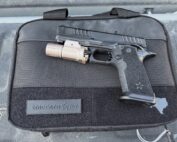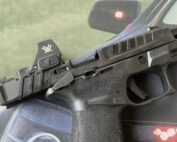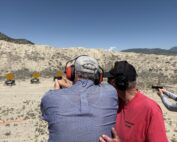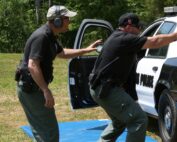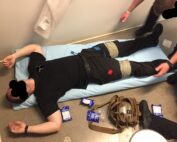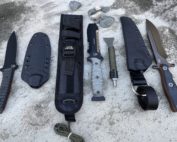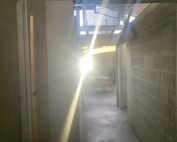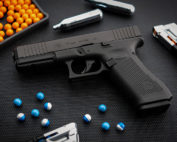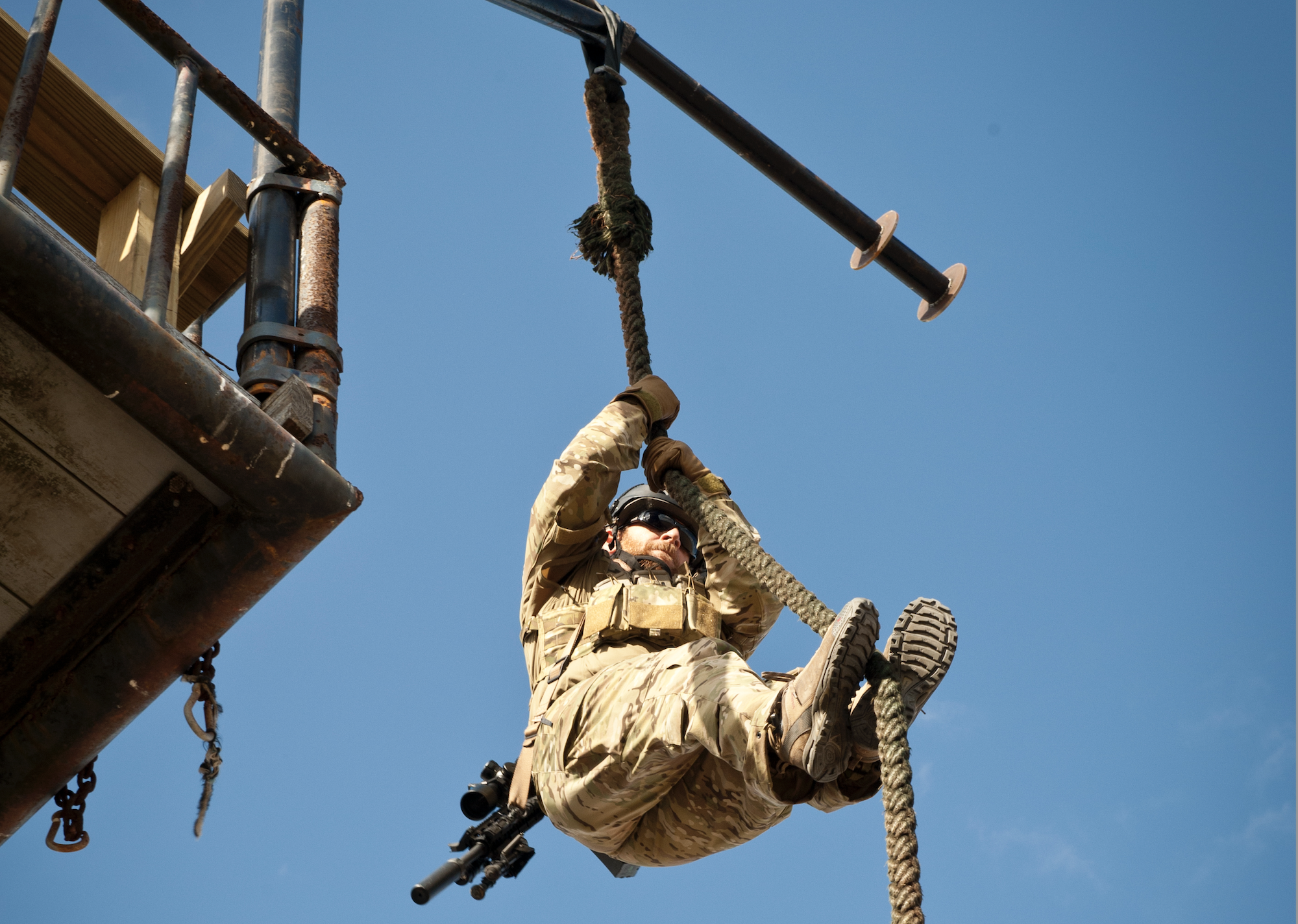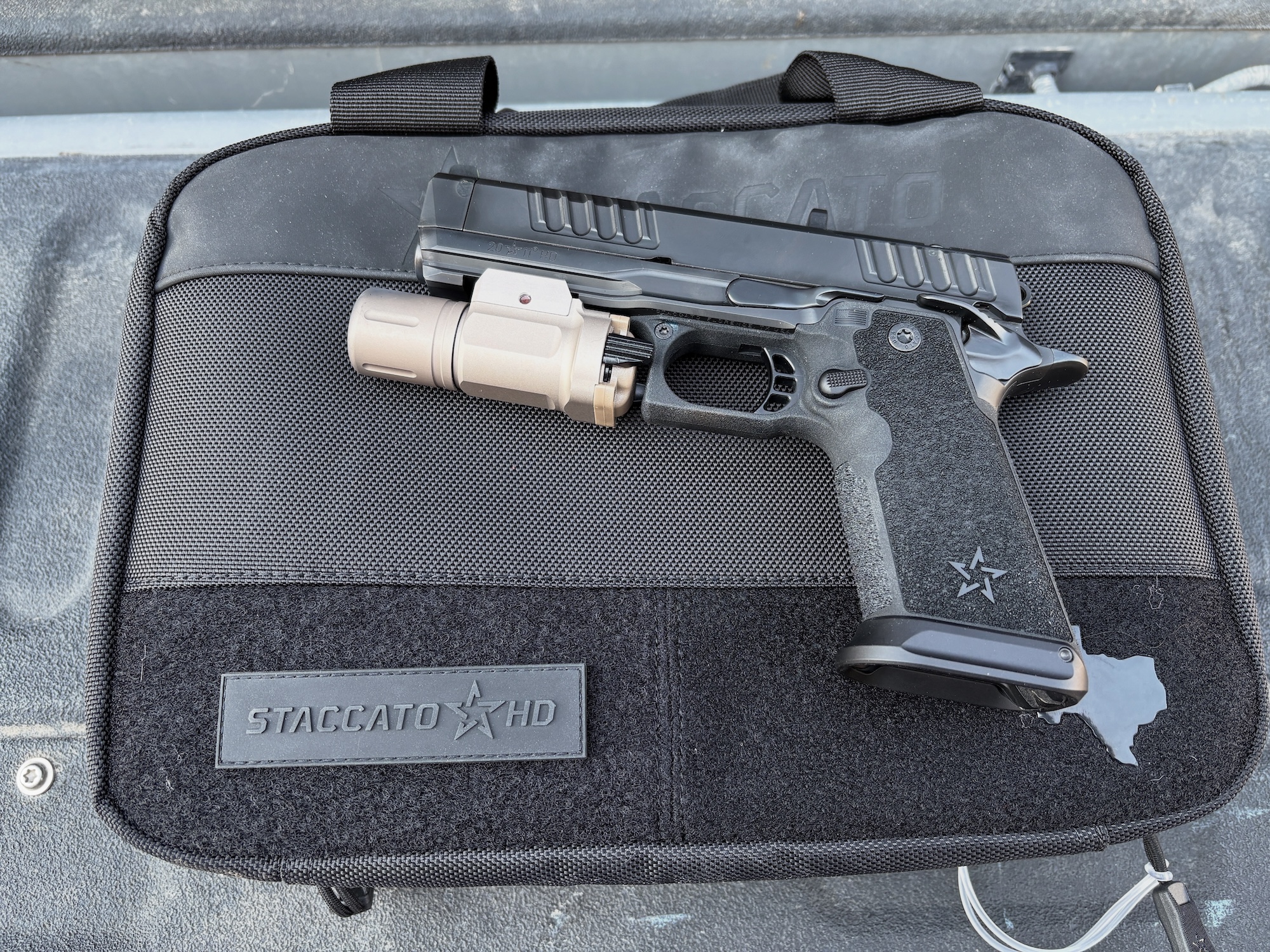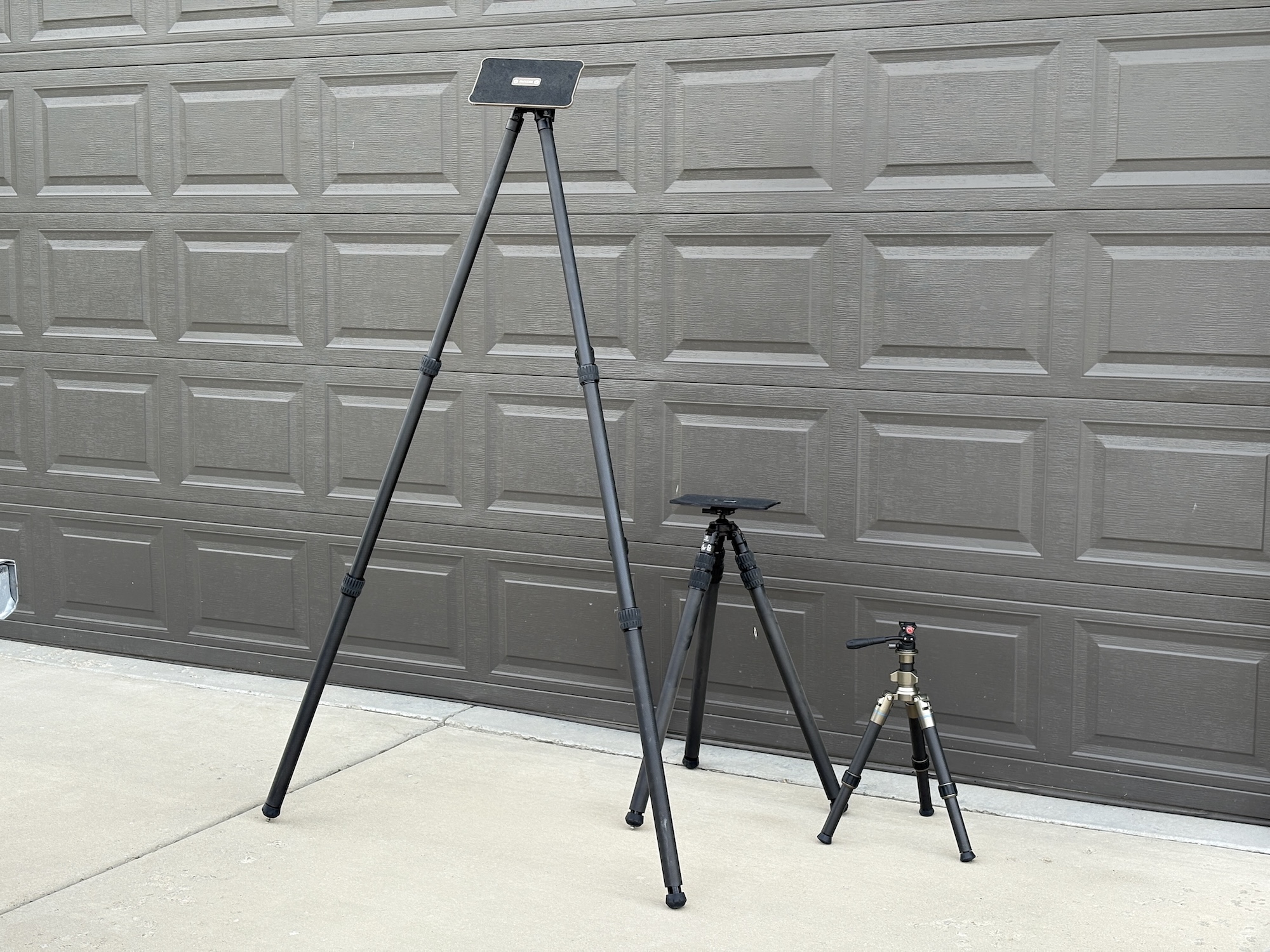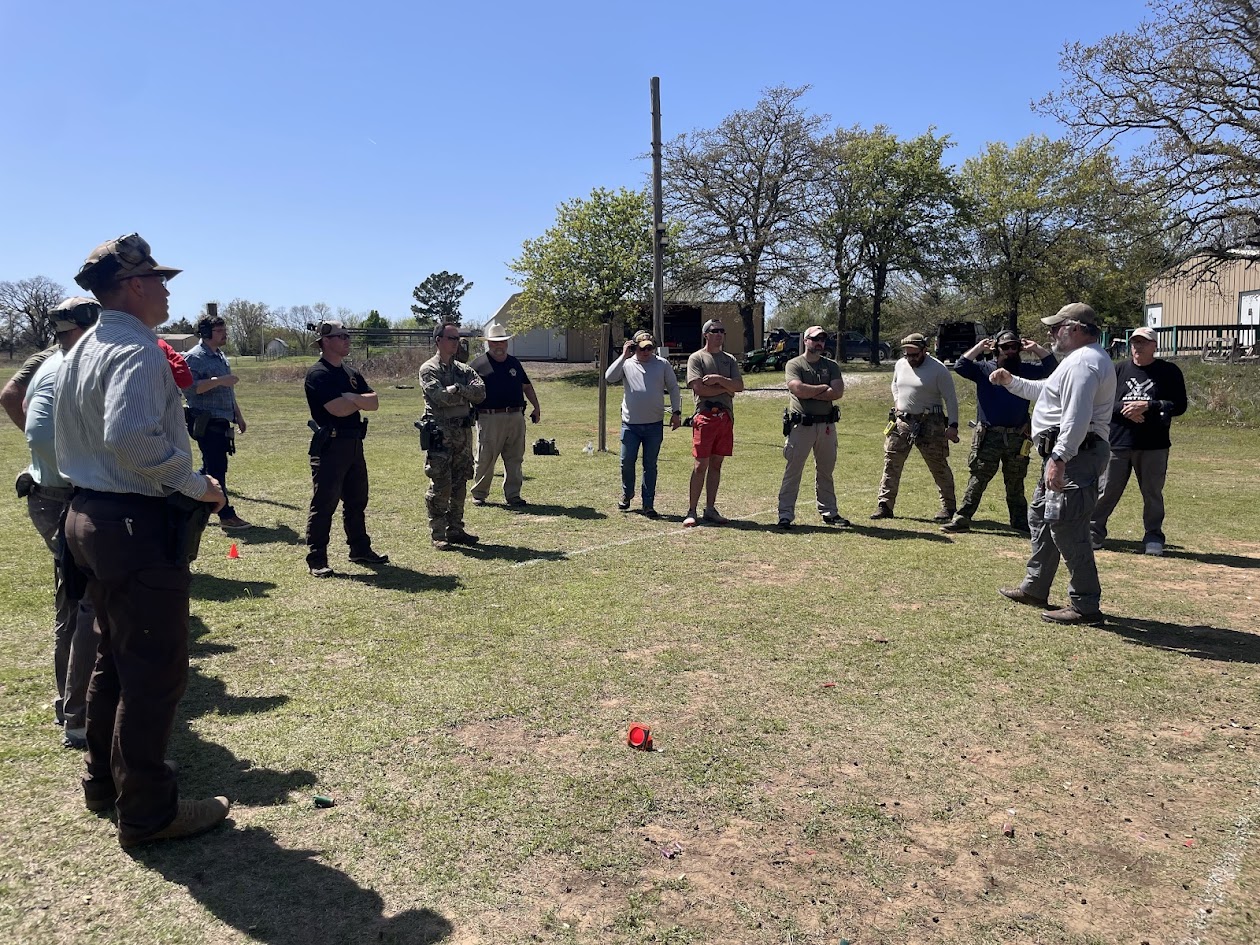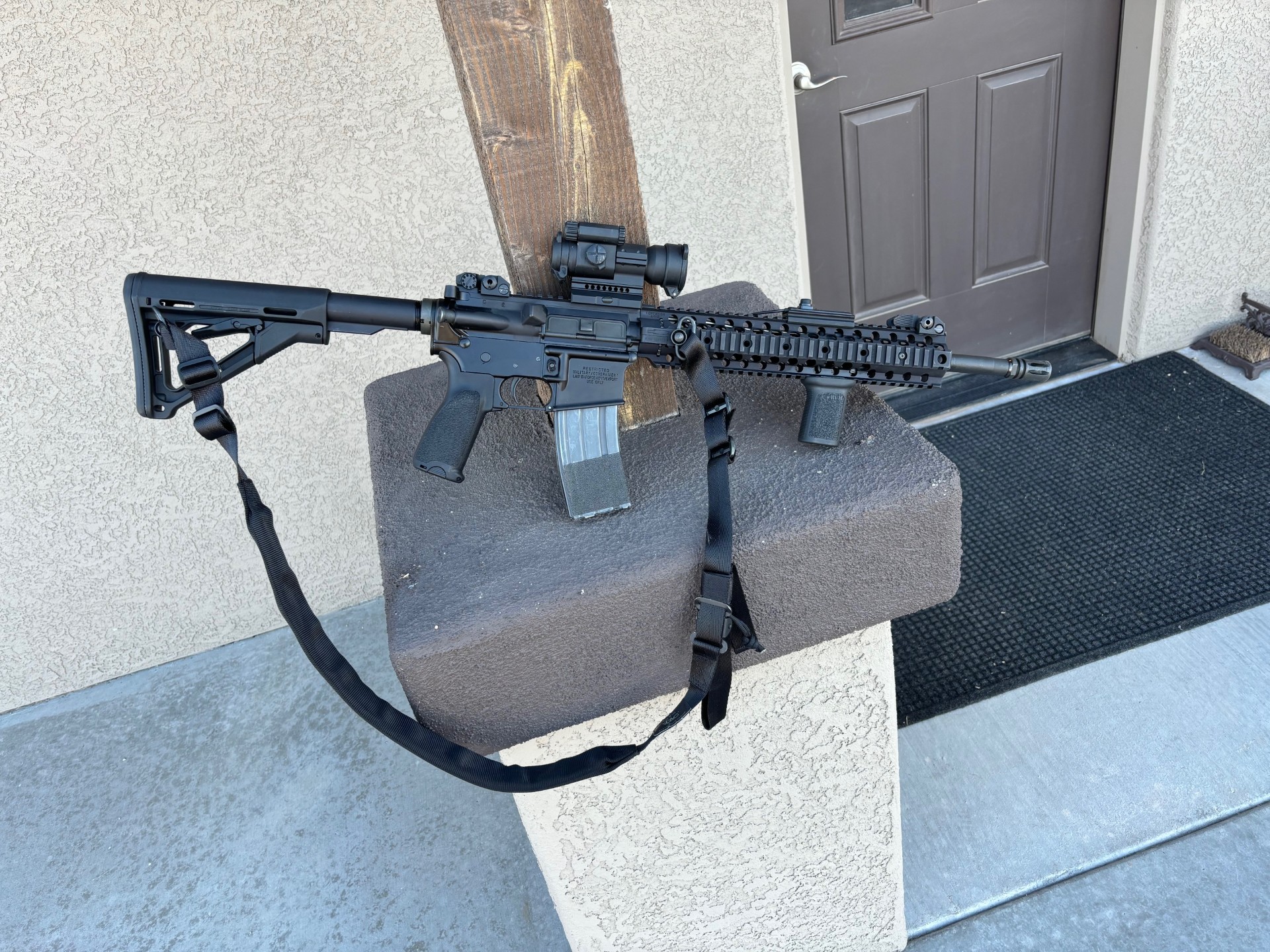
feature_IMG_5834
The patrol rifle or patrol carbine has exploded in popularity in the last ten years. While some agencies had them long before that, I didn’t see them become as popular or prevalent in New England until the early 2000s.
When I was first assigned to the Firearms Training Unit at my previous agency, we had about 175 patrol rifles. Currently, they have about 900 in the field. They started to gain more ground following the North Hollywood shootout and haven’t slowed down since. In my experience, most agencies allow or issue carbines to patrol personnel, which is a good thing, but it is long overdue, in my opinion.
Some of the benefits of a carbine over a shotgun or handgun are obvious: higher capacity, easier to shoot well, especially at distance, minimal recoil, ease of using lights and slings, they are effective at stopping threats and will typically defeat soft body armor.
What are some things to consider when setting up a carbine for patrol? Type, caliber, optic, light, sling, storage, etc. Let’s look at a few of those things.
Design Type
While a few agencies use something other than an M-4 platform, such as a Tavor or Mini-14, agencies are generally using the M-4 platform. It is durable, reliable, and easy to use and deploy. My current agency has Colt EPR patrol rifles.
We chose them because they are proven and reliable; no modifications are needed for optics or lights. Plus, Colt is 30 minutes away should we ever have a problem.
Caliber
5.56mm is the most prolific, though some wildlife agencies issue them in 7.62×51 (.308). 5.56 is a proven choice, with lots of research and experience to justify choosing it. I was still at the CSP Firearms Training Unit when we tested patrol rifle ammunition. We found that the Federal TRU 62-grain bonded soft point performed very well against barriers, autos, and auto glass. It is also widely available and affordable. I prefer bonded ammunition for police work, given the prevalence of police shootings around cars. Auto glass wreaks havoc on non-bonded ammunition, striping jackets, and changing trajectories.
Configuration
The less stuff on the gun, the better. Optic, light, sling. From teaching 900 troopers, when there are too many things on the carbine, it gets clumsy and awkward. A quality optic, a good weapon-mounted light, and a quick-adjust sling are all you really need. If you work in a very rural area and routinely have wide open spaces to deal with, the argument can be made for a magnified optic. While they can be beneficial for longer distances, few officers are hampered by a lack of magnification.
Optic
From experience, the Aimpoint Pro is king of the hill as far as cost versus quality. It is durable, holds a zero, comes with a solid mount, and is easy to use. We had about 900 of them in the field with no issues. I prefer Aimpoint and Trijicon, as they work and hold zero without problems. For a magnified optic, Trijicon’s ACOG and 1-4x, as well as Nightforce, are rock-solid choices.
Lights
Surefire and Streamlight are both viable choices. Streamlight has the advantage cost-wise, but both are solid choices for durability and ease of use.
Slings
I am a proponent of adjustable two-point slings. They allow you room to manipulate the rifle while letting you tighten it against you to move, climb, kneel, or go hands-on with a suspect. Single-point slings do not have that versatility.
Suppressors
The popularity of suppressors has increased over the years. They were rare when I started, but now they are much more common. Do you need suppressors? They have their pros and cons. Rifles are extremely loud, especially inside buildings and vehicles. Suppressors, along with muzzle blasts, can mitigate that. That noise reduction is a benefit even in training.
They have their cons, such as cost and regulatory issues. It is another item to be maintained, inspected, and inventoried. Depending on how they are mounted, they can also work themselves loose, especially after riding around in the trunk of a patrol car for months at a time. Baffle strikes are very common with suppressors.
Once the carbine is chosen and fielded, there are still a few concerns.
Are they in a locked rack or cased in the trunk? How does that impact deployment?
If my carbine isn’t readily accessible from the driver’s seat, I would stop short of the call if possible, get my carbine out of the vault, and sling it. This would allow me to arrive with the carbine ready to go.
Deployment
Can the officer employ the carbine at their discretion? Or do they need permission from a supervisor? It should be left to the discretion of a trained officer.
Final Thought
Carbines have their place in police work, and they are here to stay.
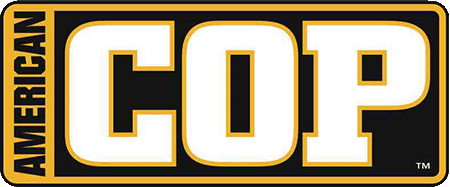

 (+3 rating, 5 votes)
(+3 rating, 5 votes)



